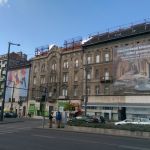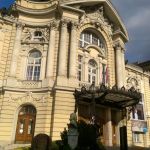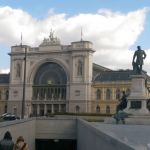Everyone learns in school about the First and Second World Wars but no one really tells us that what happened in the aftermath of those devastating events were just as bad on the contemporary population. In Budapest, you clearly witness those wounds, left for everyone to see and to learn from.
Disclaimer: The pictures are taken with my phone because it was said to be a rainy weekend.

The House of Terror, located on 60 Andrássy Boulevard, was first the headquarters of the Arrow Cross Party and then the political police (which had three forms: Department of Political Police, State Security Office and finally, State Security Authority). The Party got its symbol from the Magyar tribes, just like the Nazis got their Swastika from the Aryans. Just like the Nazis, the Arrow Cross Party was highly nationalistic and xenophobic. While both the Nazis and the Arrow Cross Party were anti-Semitic, the Arrow Cross Party was also anti-German. Many horrors were committed in this house, notably the thousands of tortures committed in its basement.

In 1945, while the Hungarian people voted for a democratic government, the Allied Control Commission ordered that the interior ministry be placed under communist control. Thus, the Hungarian Communist Party had control of the sole government-controlled armed forces. With this political police, the Hungarian Communist Party managed to assassinate the democratic politicians in power. By 1949, Hungarians no longer had the freedom to choose their preferred candidate for office.
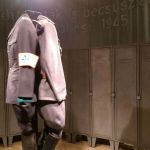
When the Hungarian Communist Party was organized after the Red Army's arrival, they gained a vast number of their recruits from the Arrow Cross Party.
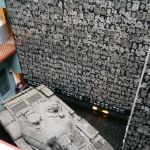
There were many victims in World War II beyond the vast number of Jews that perished in the war and its aftermath. The Church was persecuted because of its power and wealth. The kulaks were regularly beaten to instill fear in the other farmers as well as to harass them off their farms. The political police had quotas of enemies of the state that they would have to deport each month. Once they had deported all of the Germans and the Hungarians with German-sounding names, they forced civilians to inform on their neighbors. Whether those individuals had actually committed the crime that they were accused of was irrelevant because the political police always managed to get a signed confession, after extensive torturing. Even leaders of these terror organizations were not safe; Gábor Péter, who had denounced his Jewish religion and committed countless atrocities for the communist party as the political police leader, was also tortured and sentenced to life imprisonment in 1954 for being a Zionist. (However, he sentence was reduced and he was set free in 1959.)
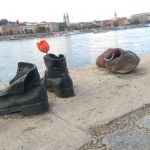
Shoes on the Danube Bank: "To the memory of the victims shot into the Danube by Arrow Cross militiamen in 1944–45. Erected 16 April 2005.”
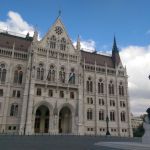
Parliament: The Warsaw Pact was created on May 14th, 1955 in response to Western Germany's integration into NATO. On October 23rd, 1956, university students protested in front of Parliament. While there was no leader at the beginning, the revolt caught fire across Hungary. By the end of October, the violence had almost come to an end and the Soviets agreed to let Hungary out of the Warsaw Pact. On November 4th, however, the Politburo changed its mind and the Soviet Army crushed the revolt. The Revolution of 1856 was the first threat to Soviet control.
